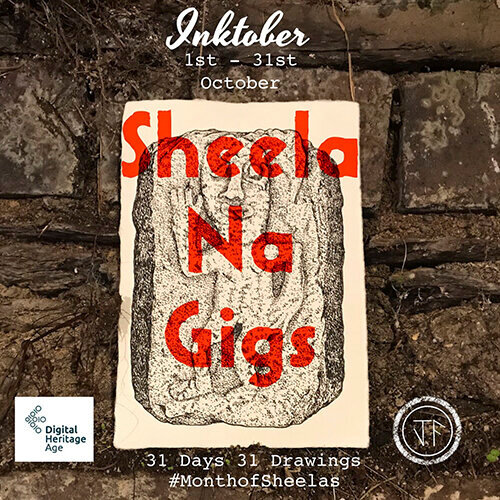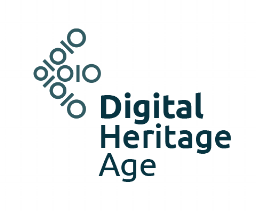Inktober
Inktober is a worldwide event that challenges artists to improve there skills. It was created by Jake Parker in 2009 as a challenge to improve his inking skills and develop positive drawing habits. It has since grown into a worldwide endeavor with thousands of artists taking on the challenge every year. This year DH_Age have teamed up with Cork based artist John Flynn to create a drawing of a Sheela-na-Gig each day from October 1st to 31st. The project is part of the ongoing Sheela3D Project. ‘This project has received funding under the Tipperary Creative Ireland Programme 2020’
The images will appear on this page each day they are published with a new focal picture shown below
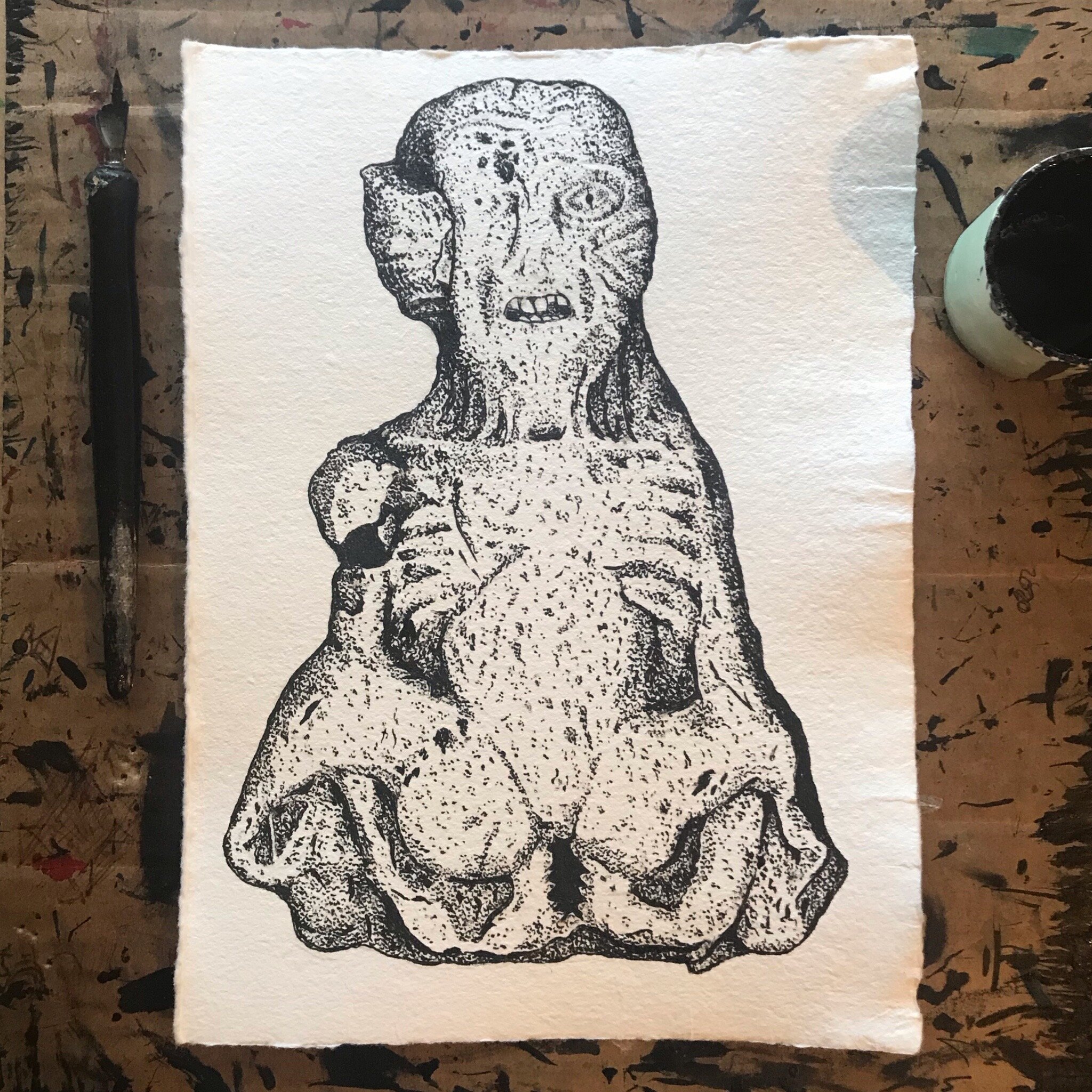
The second carving in Fethard. This sheela is quite unique with her stressed facial features and exposed ribs.
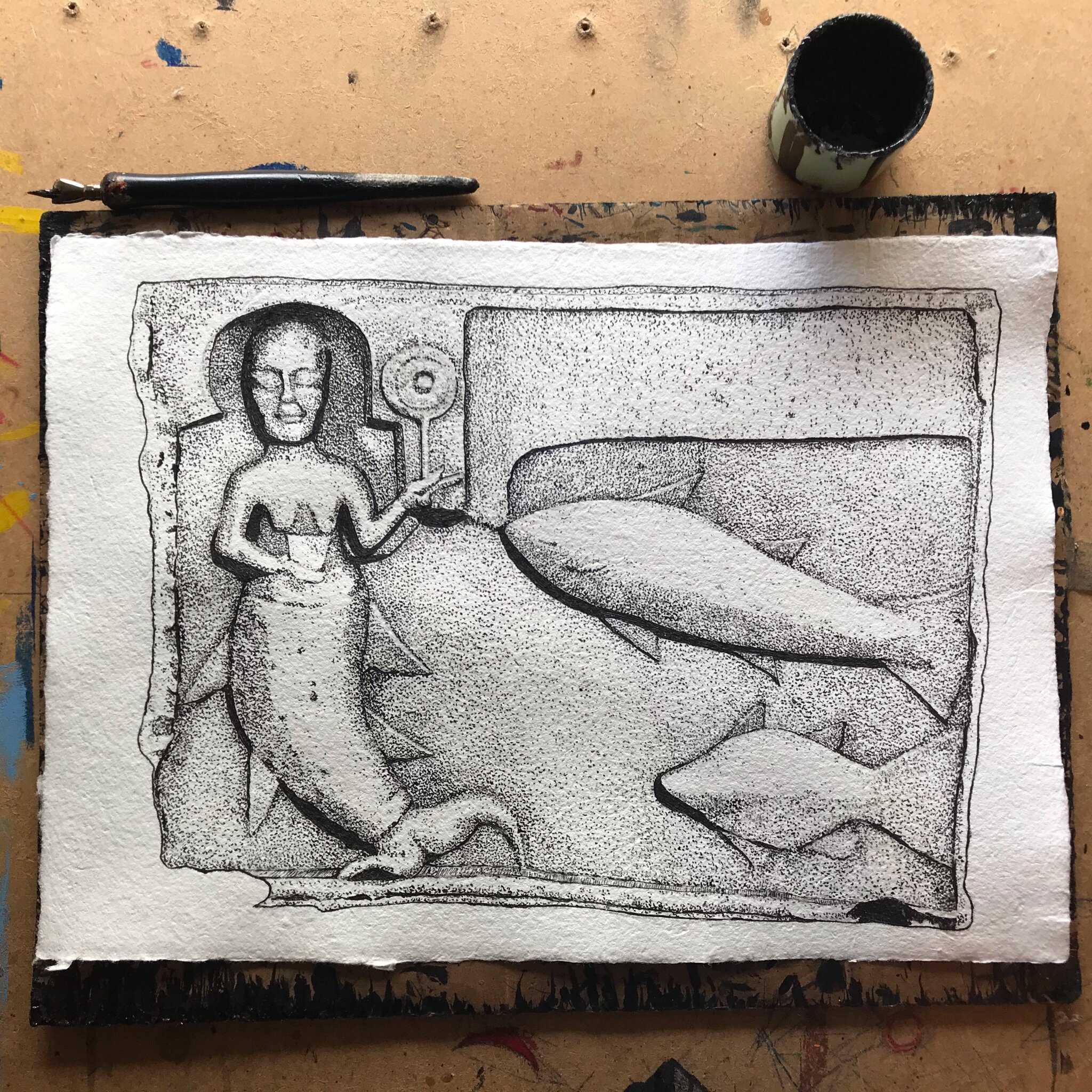
Mermaids are a common features in Medieval churches,although only a handful survive in Ireland. Then design is a warning against vanity, lust and evil. They fit loosely into the exhibitionist theme
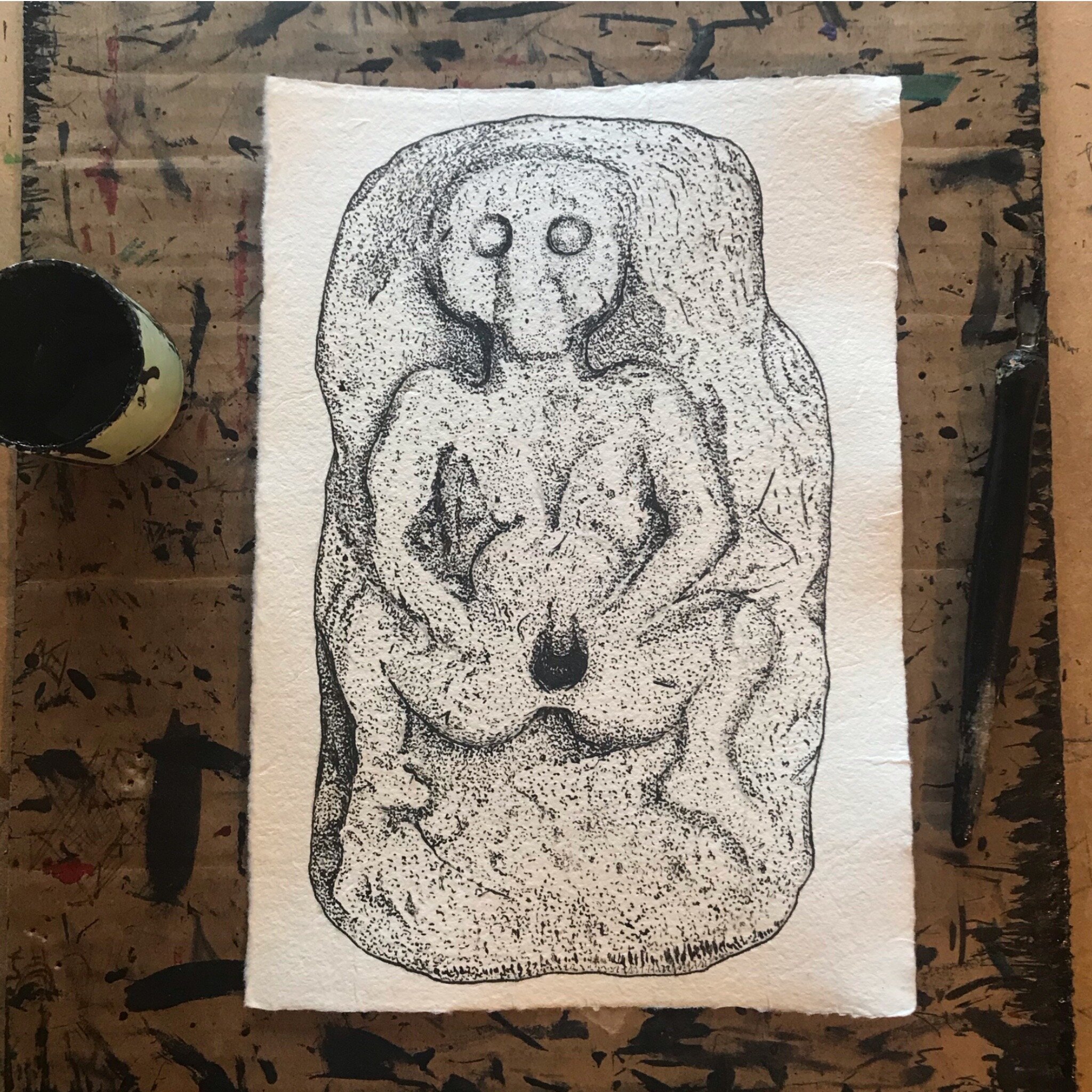
A second carving from Burgesbeg church, much unlike the other which is reported to have come from the same site (Day 1) in storage in the national museum of Ireland
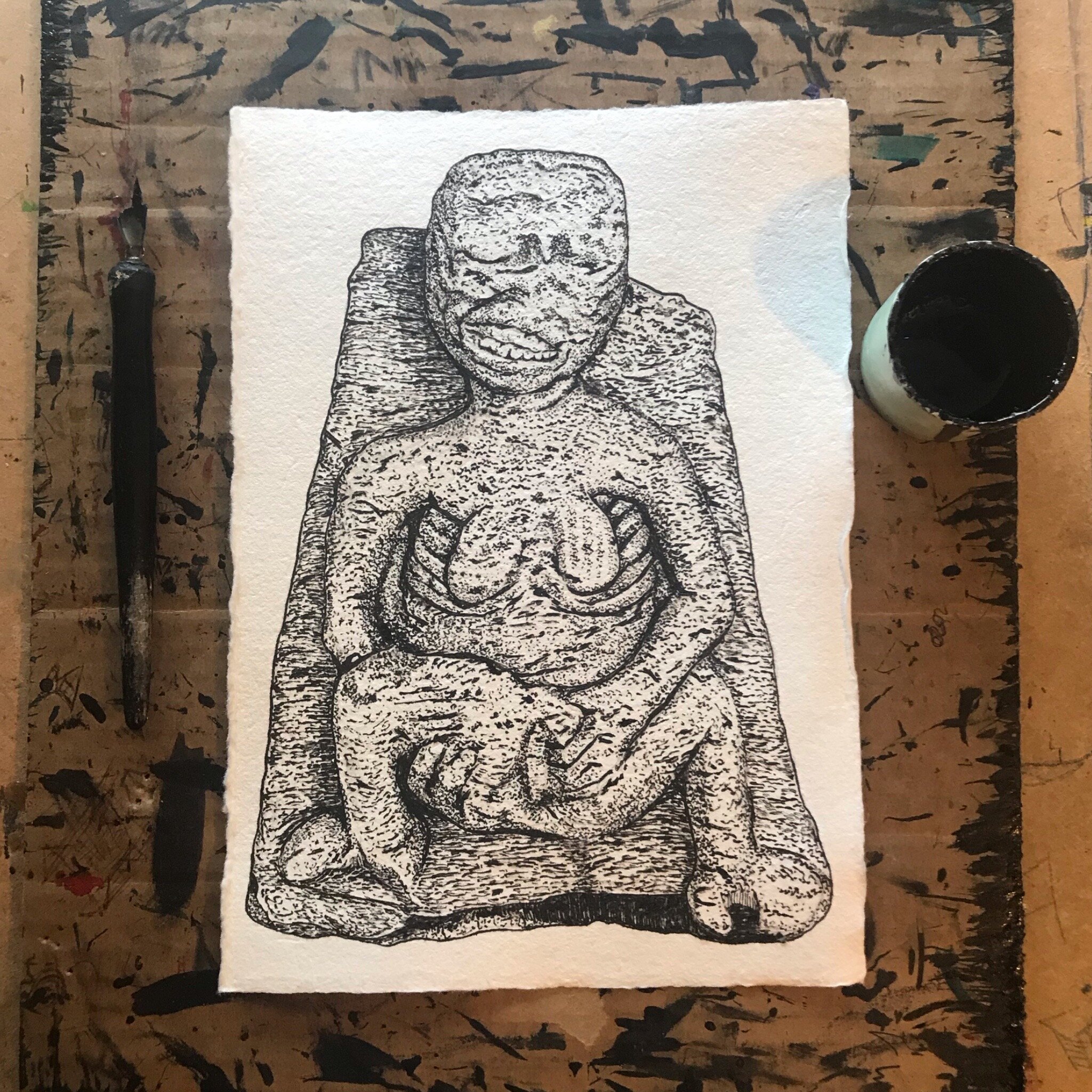
This carving was discovered on blue anchor lane in Clonmel and is not on show in the national museum of Ireland.
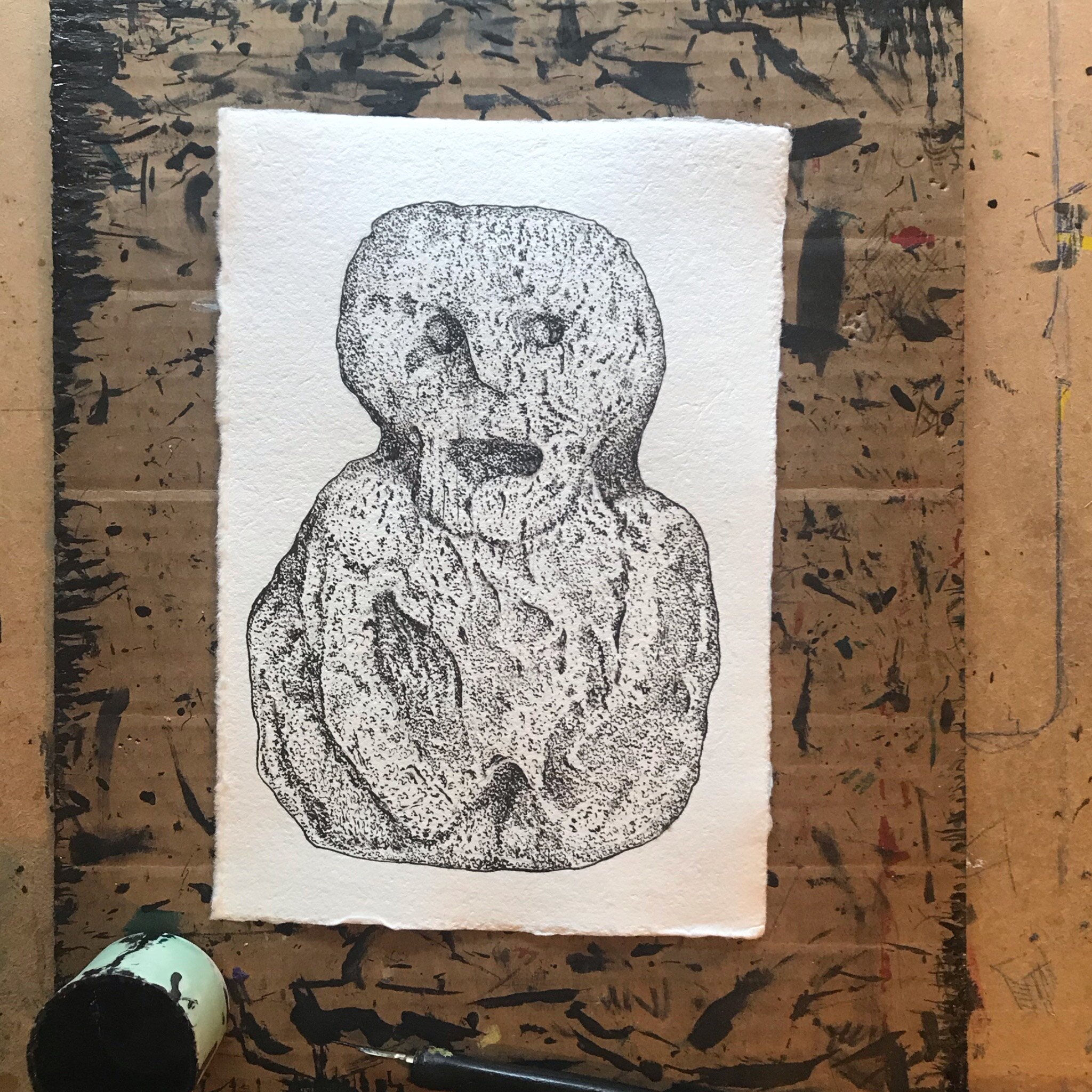
A very unusual Sheela. This carving has a short pear shaped head and and rounded body with short arms. It is quite small and the features are worn. In storage at National Museum.
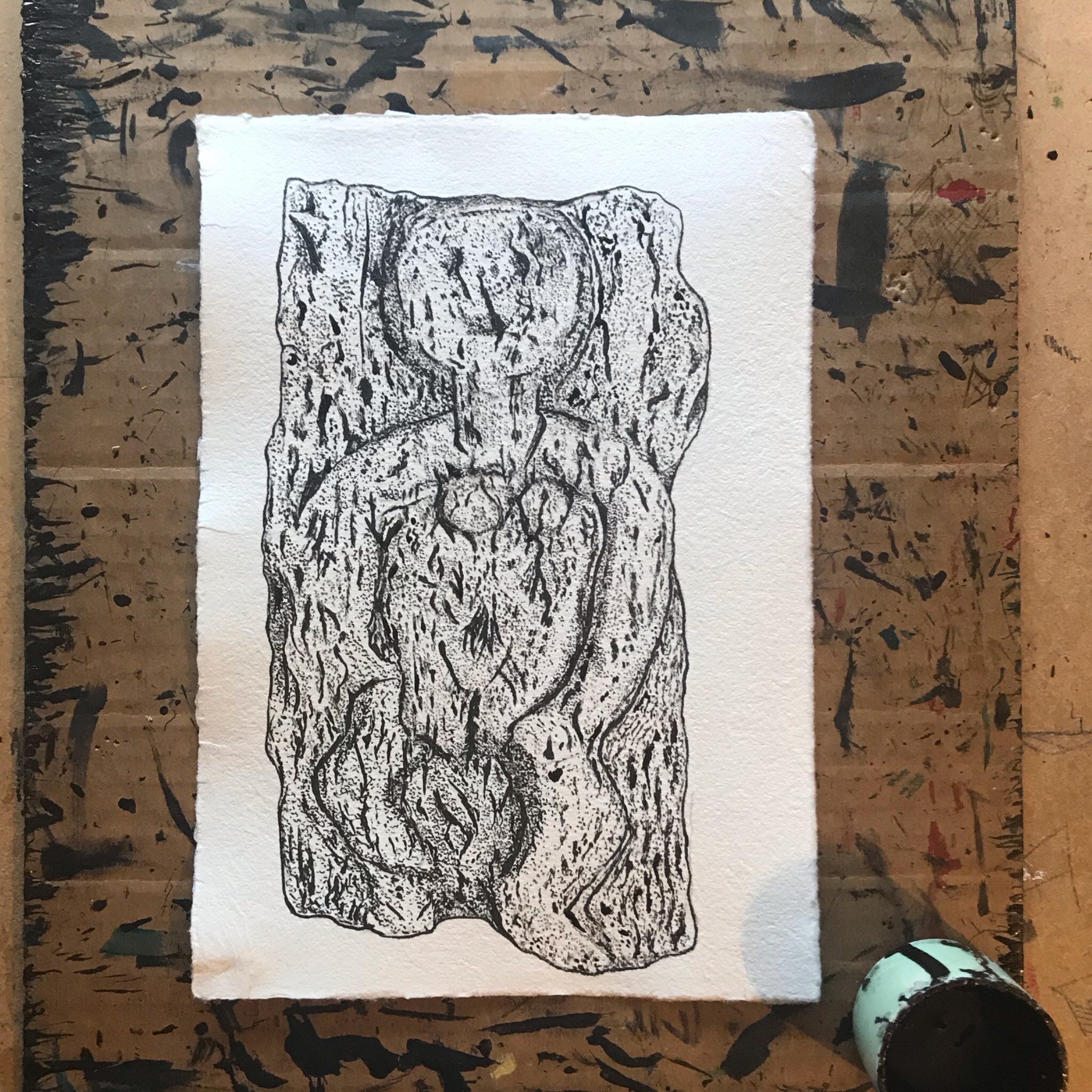
This carving is located in the National Museum of Ireland. recorded as Unknown location, it was found in Clonmel during works to the riverside. It may be a carving from the Waterford side of the river which was lost after the owner died in the quarry it was found.
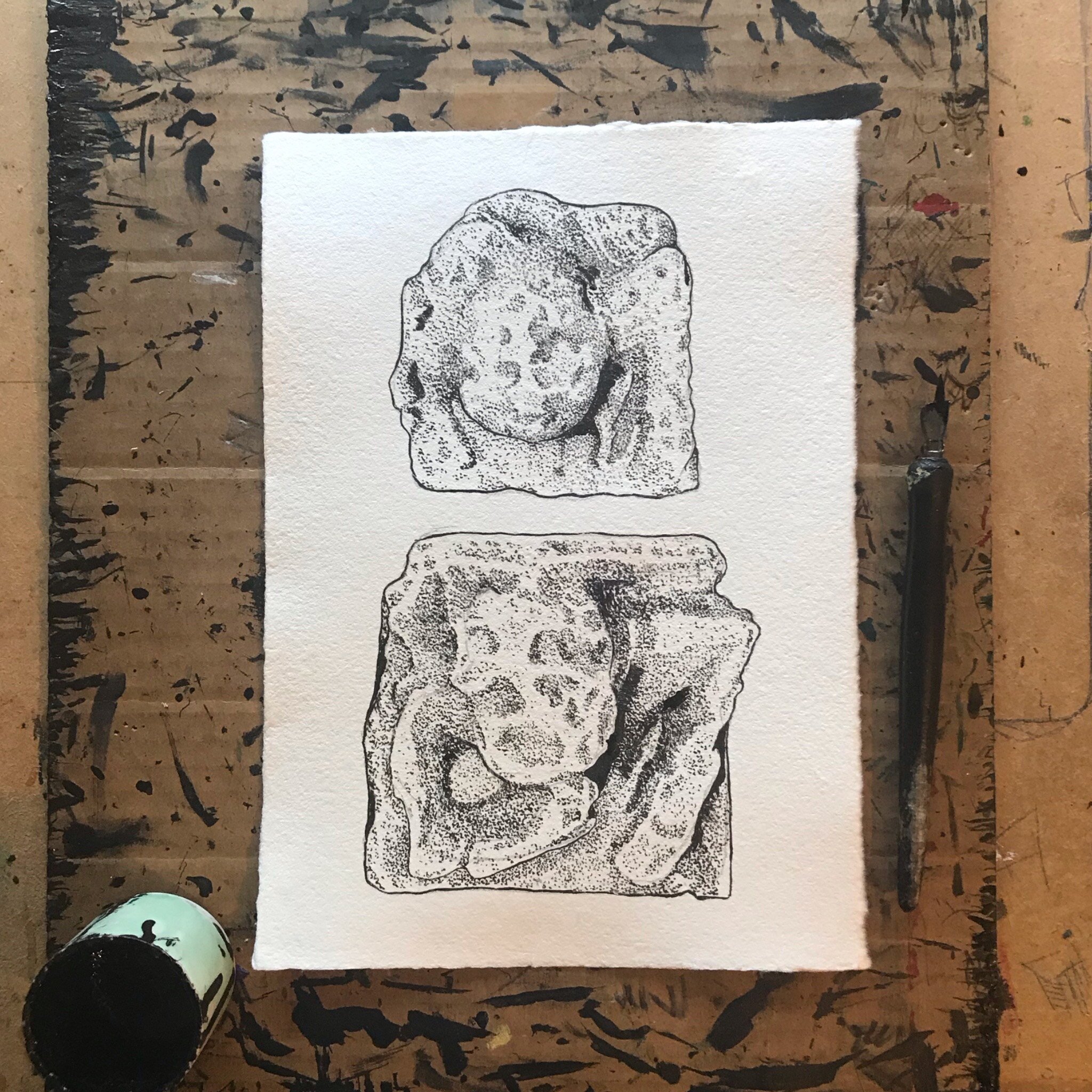
Two acrobatic figures noted as exhibitionists figures. The upper carving is leaning out of the building with its head and arms shown.. The other as its head turned to one side with a hand under its chin.
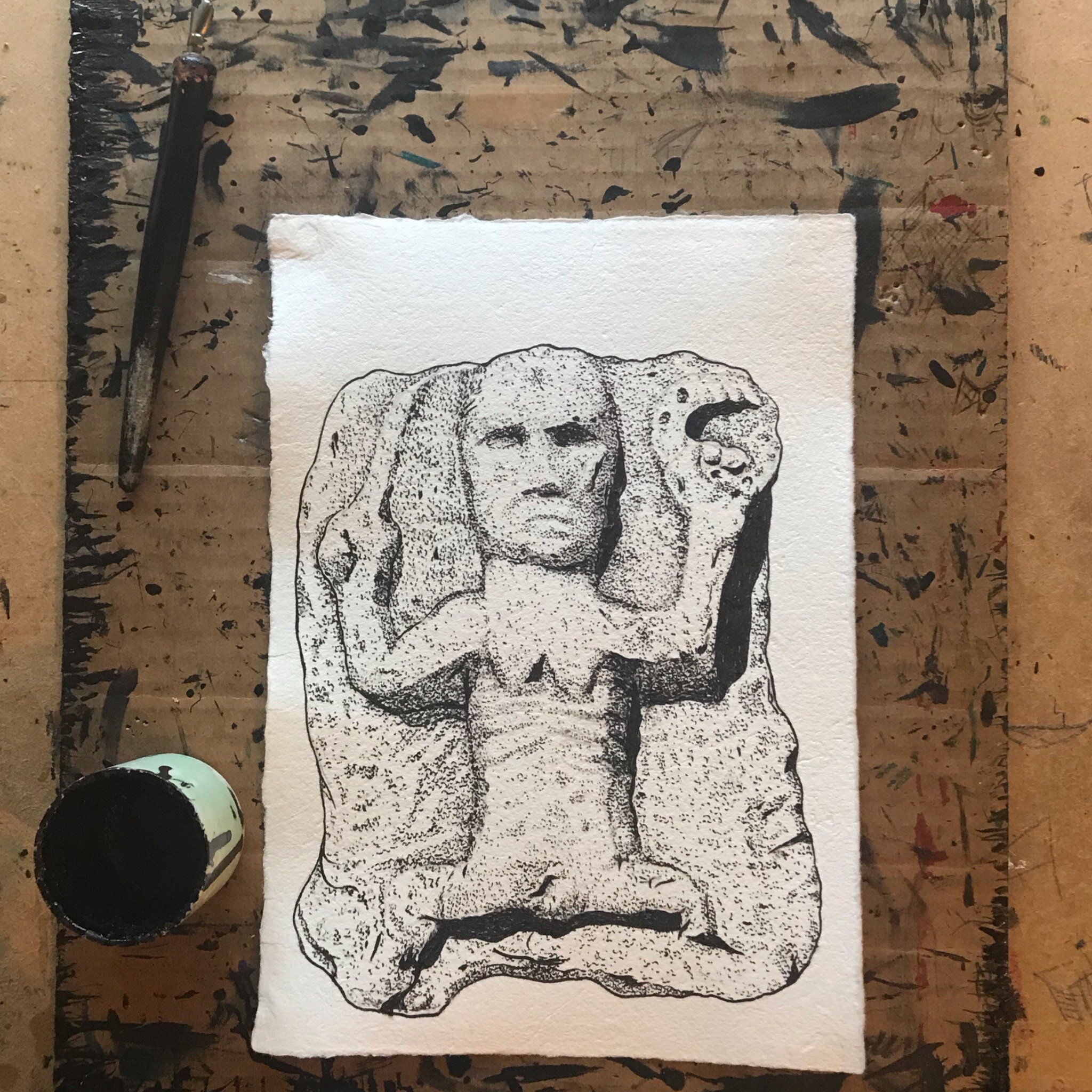
This is a carving located on a well house which is part of a fortified wall on Kiltinan Castle. The carving is unusal for Irish sheela as she is holding a horseshoe and a tool
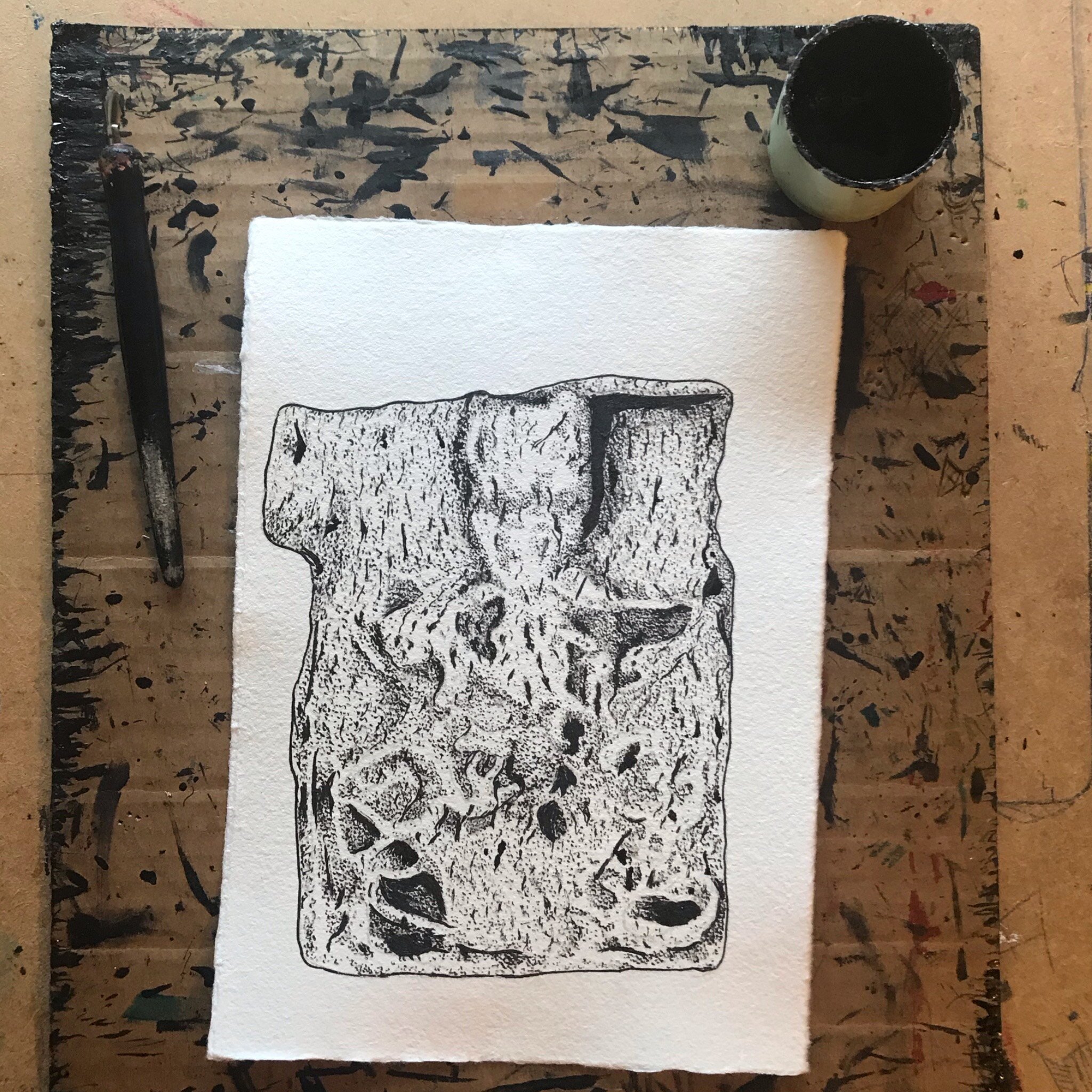
This carving is highly damaged and has clearly been defaced. It is locted on Holycross Abbey, an important pilgrim site. The carving is likely from a late period of the abbeys' history
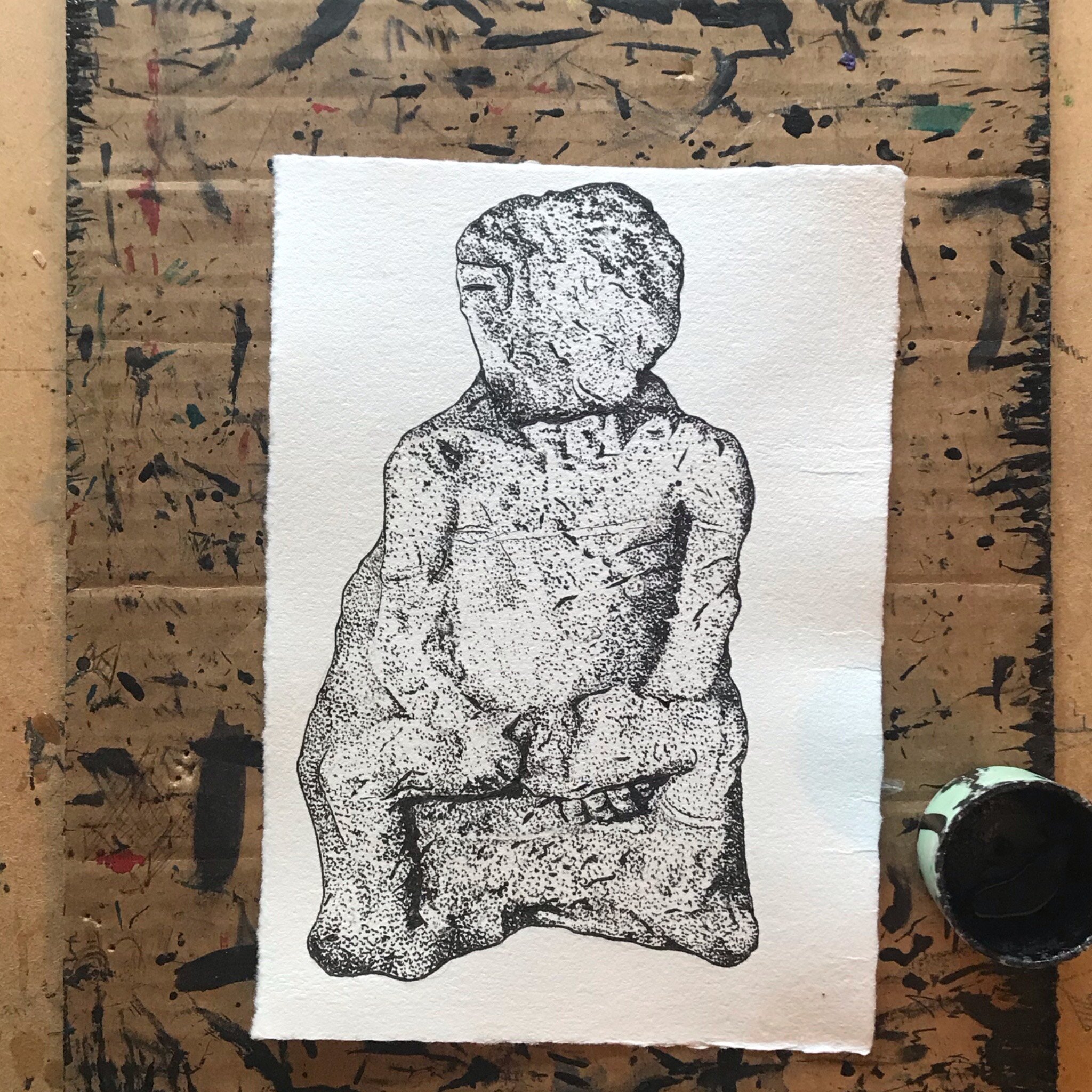
found in the graveyard of Clonoulty church, the carving is now housed in the GPA Bolton Library in Cashel.
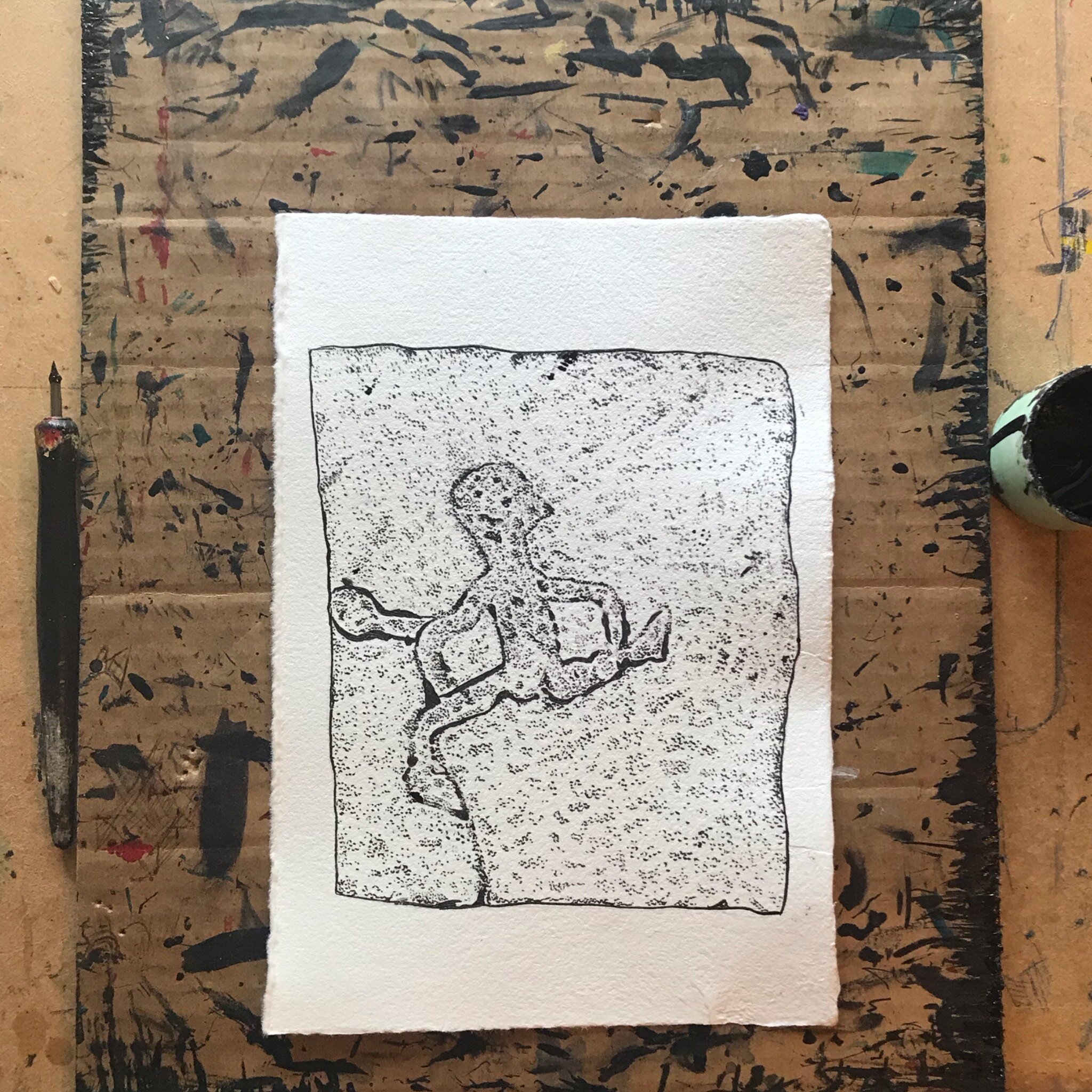
This Sheela at Kilcooley is very unusual. It is very lightly carved and appear that it could have been covered by plaster. What is more unusual it is inside the building. There is change it is post-medieval graffiti.
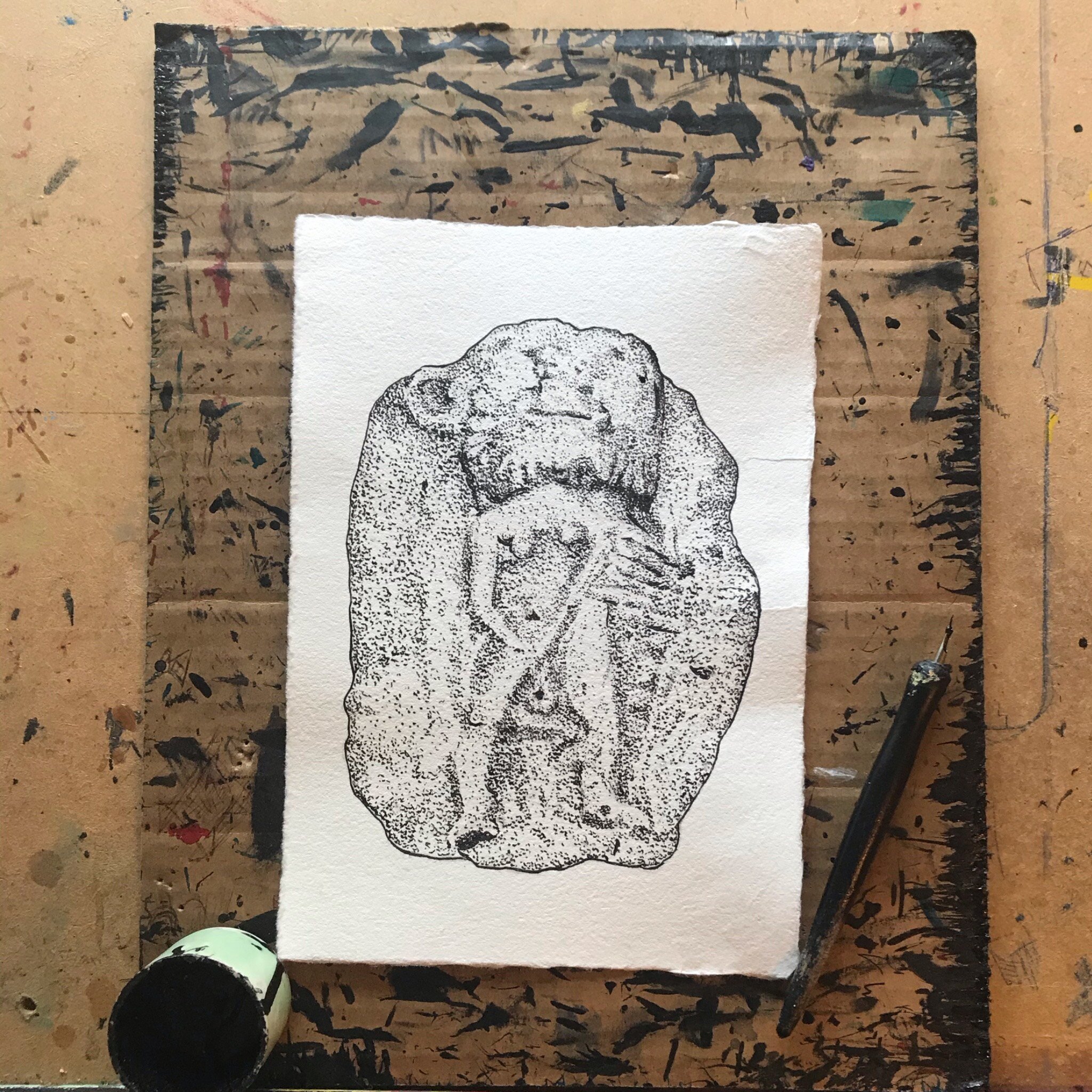
A carving located at the top of Redwood castle in N. Tipperary.
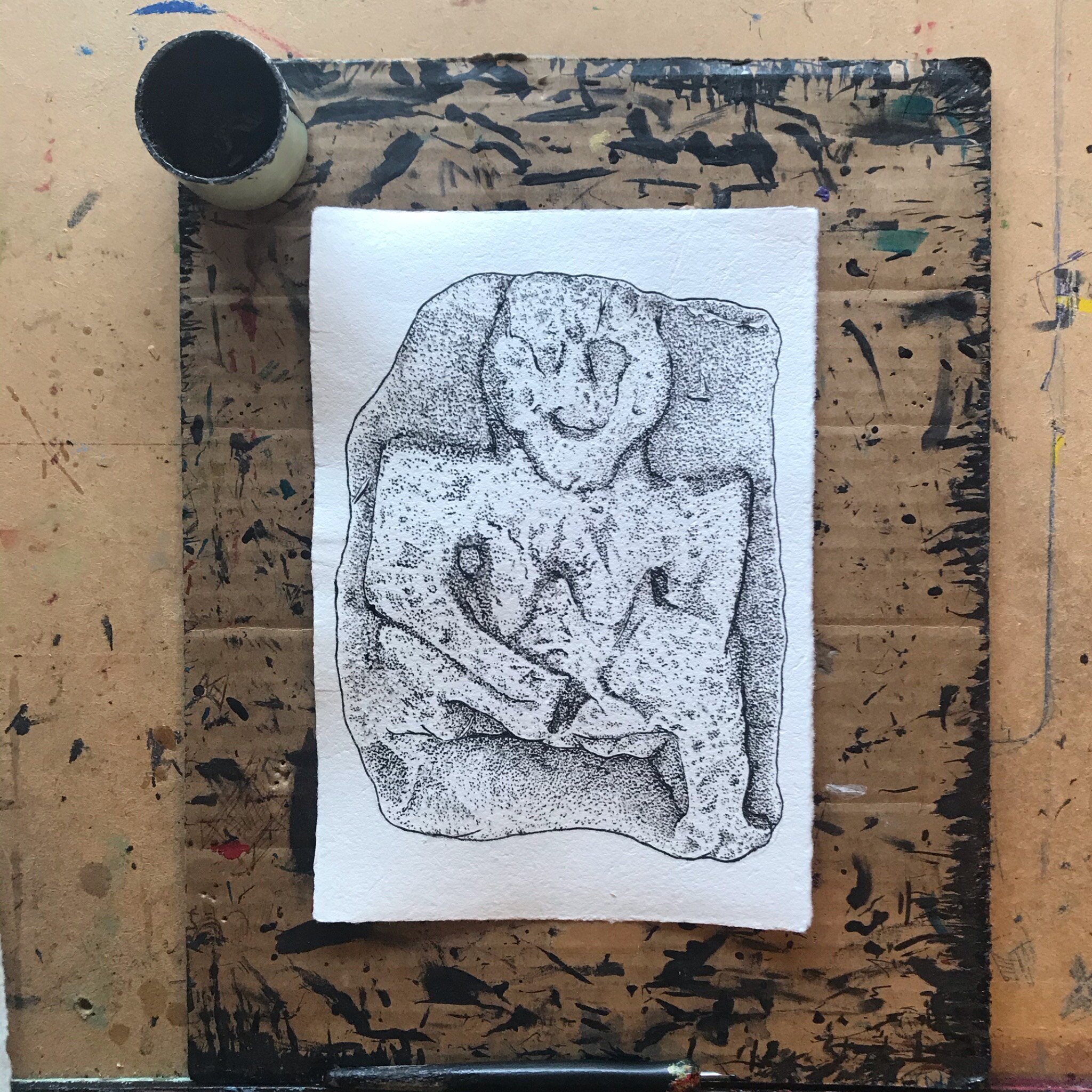
Located on the town wall of in Thurles behind Pat Lyons Tyre and Battery centre. This sheela may have come from the town gate known as Geata na Cailleach or the Hags Gate
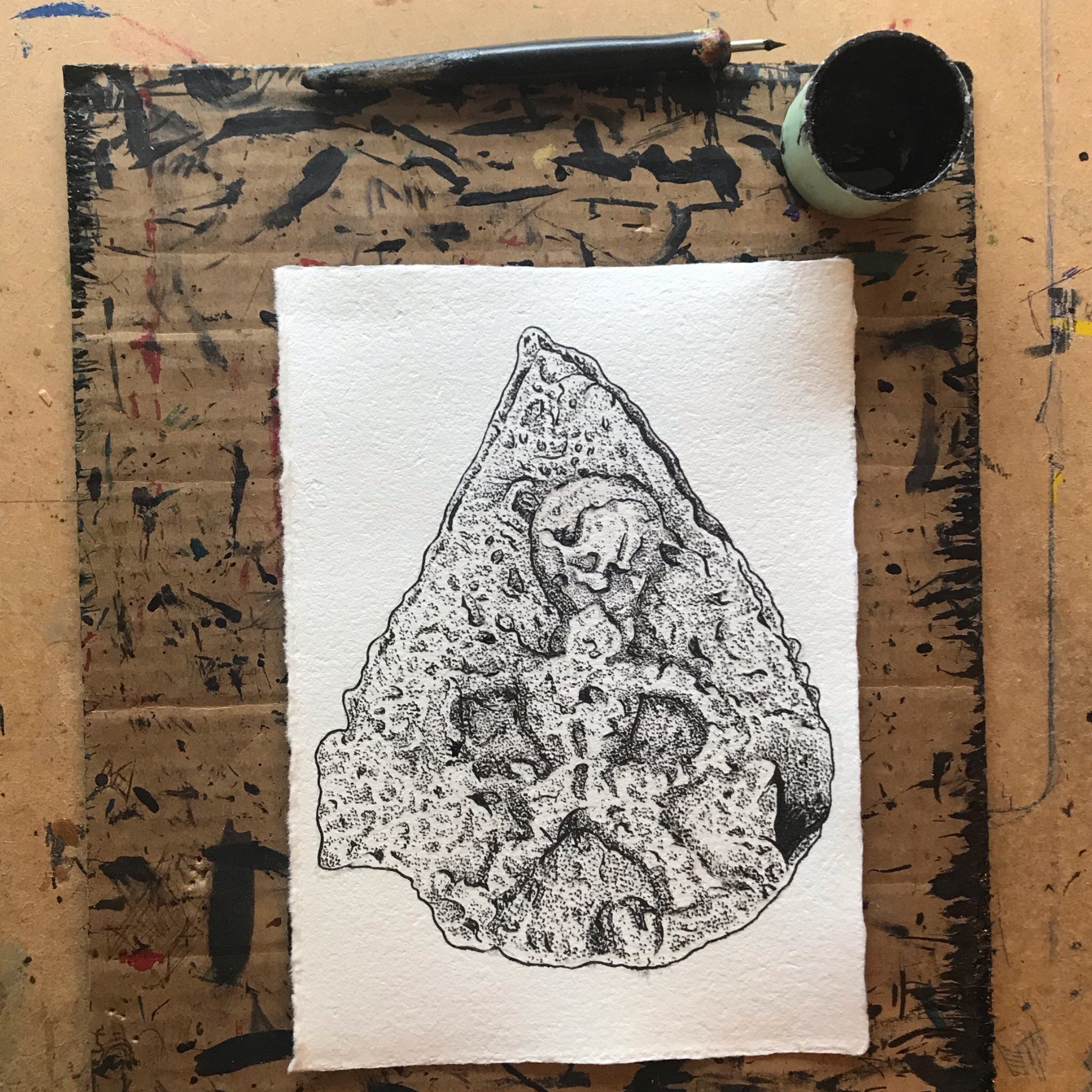
This is the second carving from Shanrahan. Located at the lower corner of the ruined church, this carving would have been a cap stone for the gable, and may have had a cross on top.
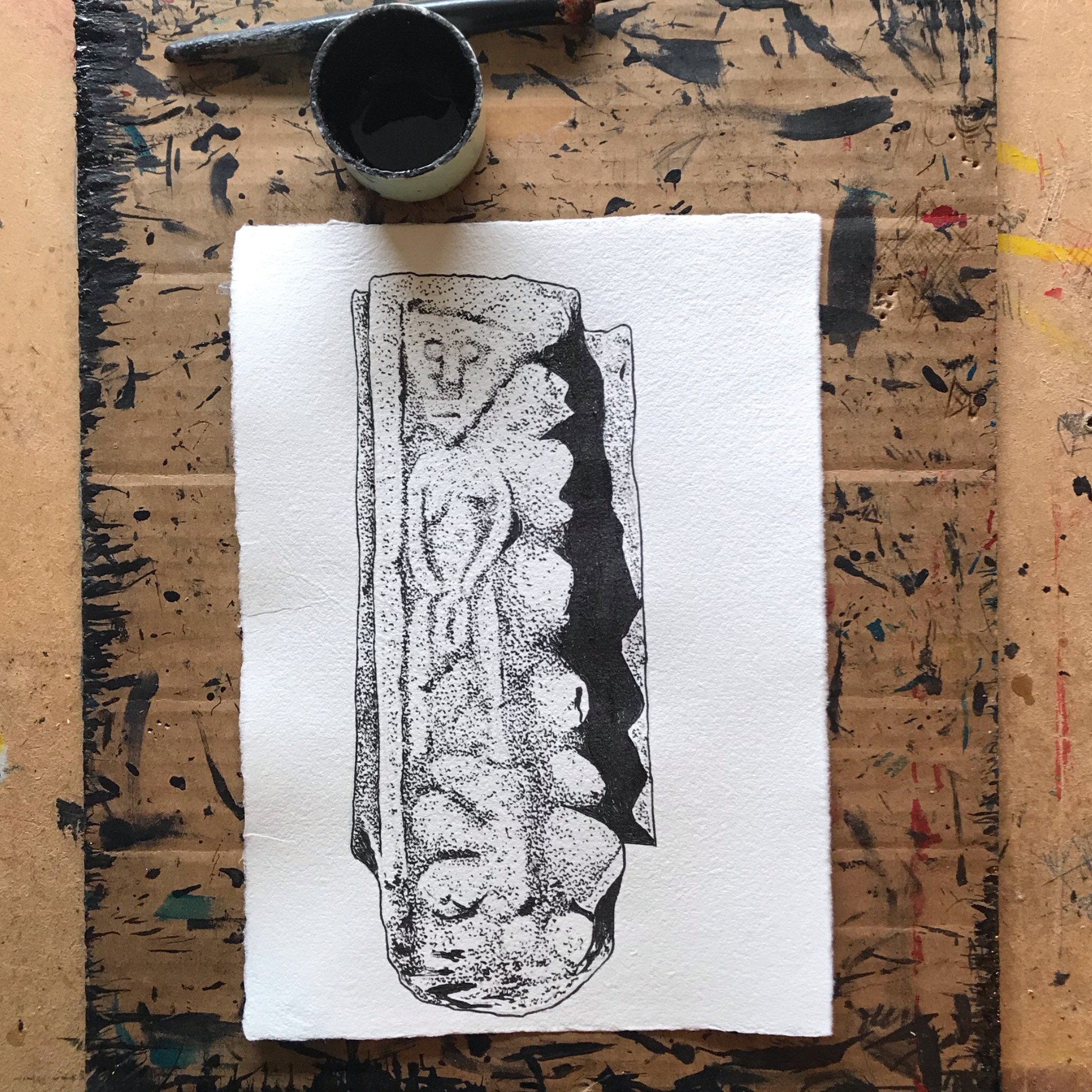
This carving might be one of the oldest Sheela-na-Gigs in ireland. Carved in the Romanesque style, it has been reused in a 15th C. church door. It may have from form a Roundtower door, or early church.
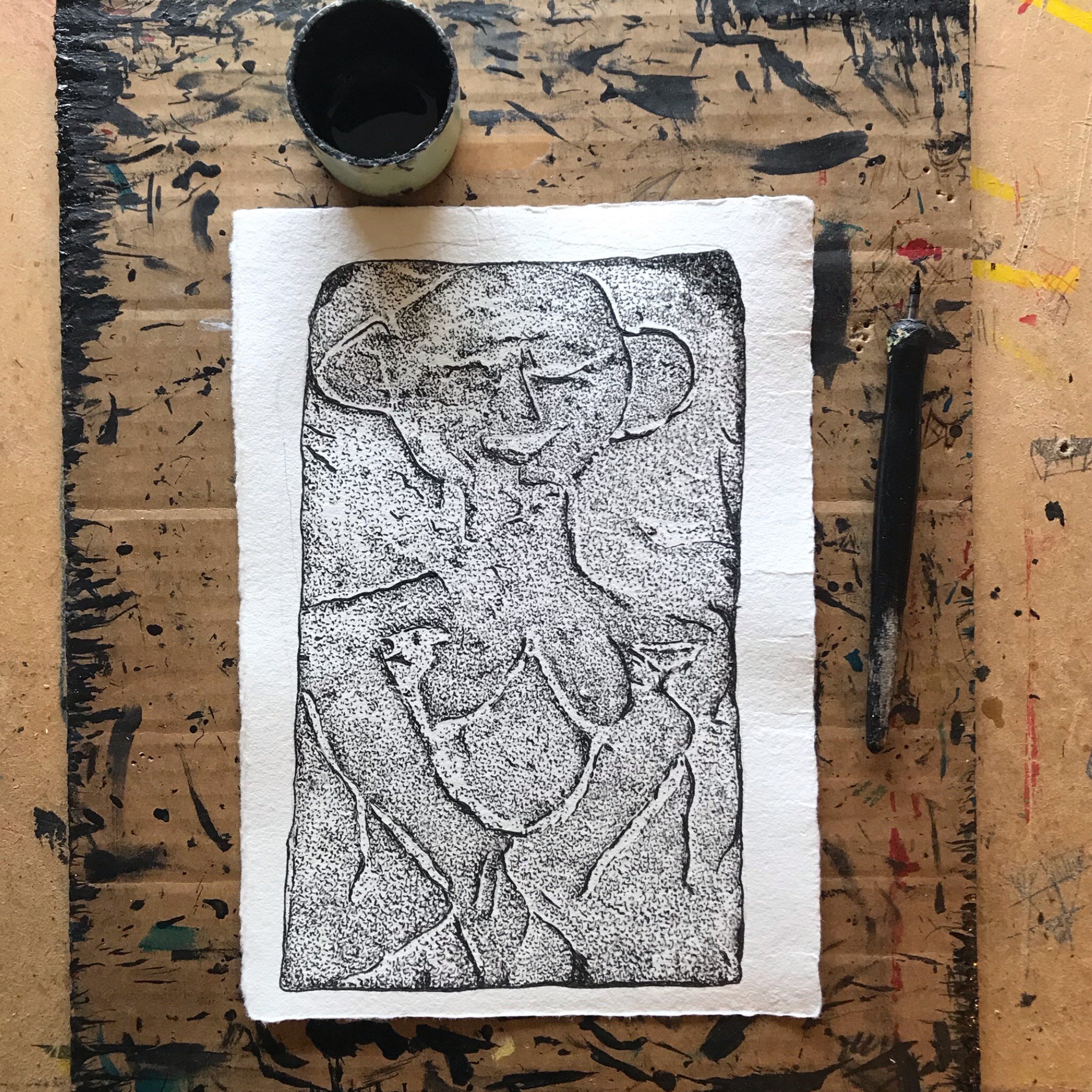
This carving is located within the Cashel Palace Hotel. This site is the former Bishops Palace, which was built in the 17th C. It is likely the carving was taken from another site and rebuilt into the palace.
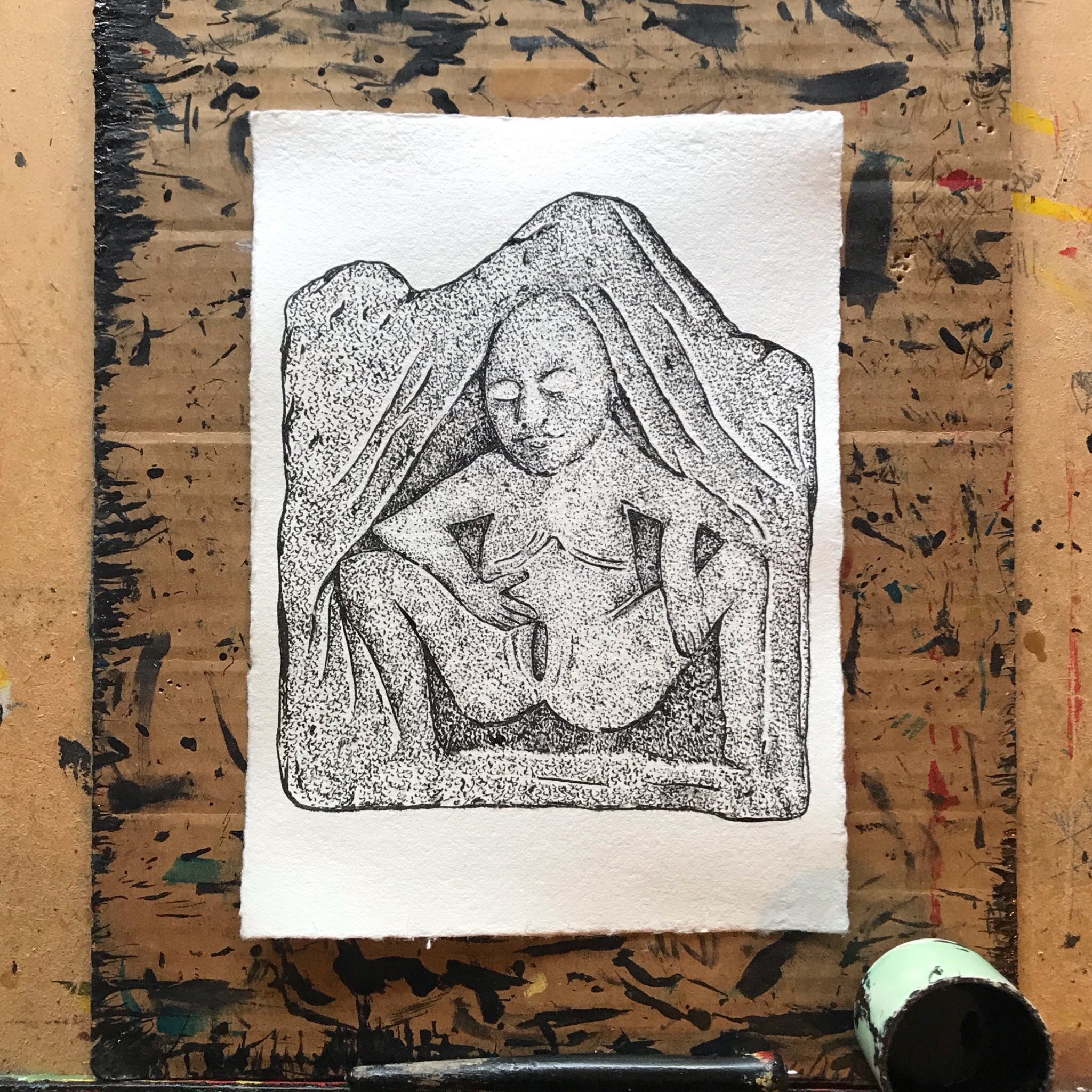
This carving was sketched by George Du Neyor in 1840 and has since gone missing. It was located on or near rochestown castle
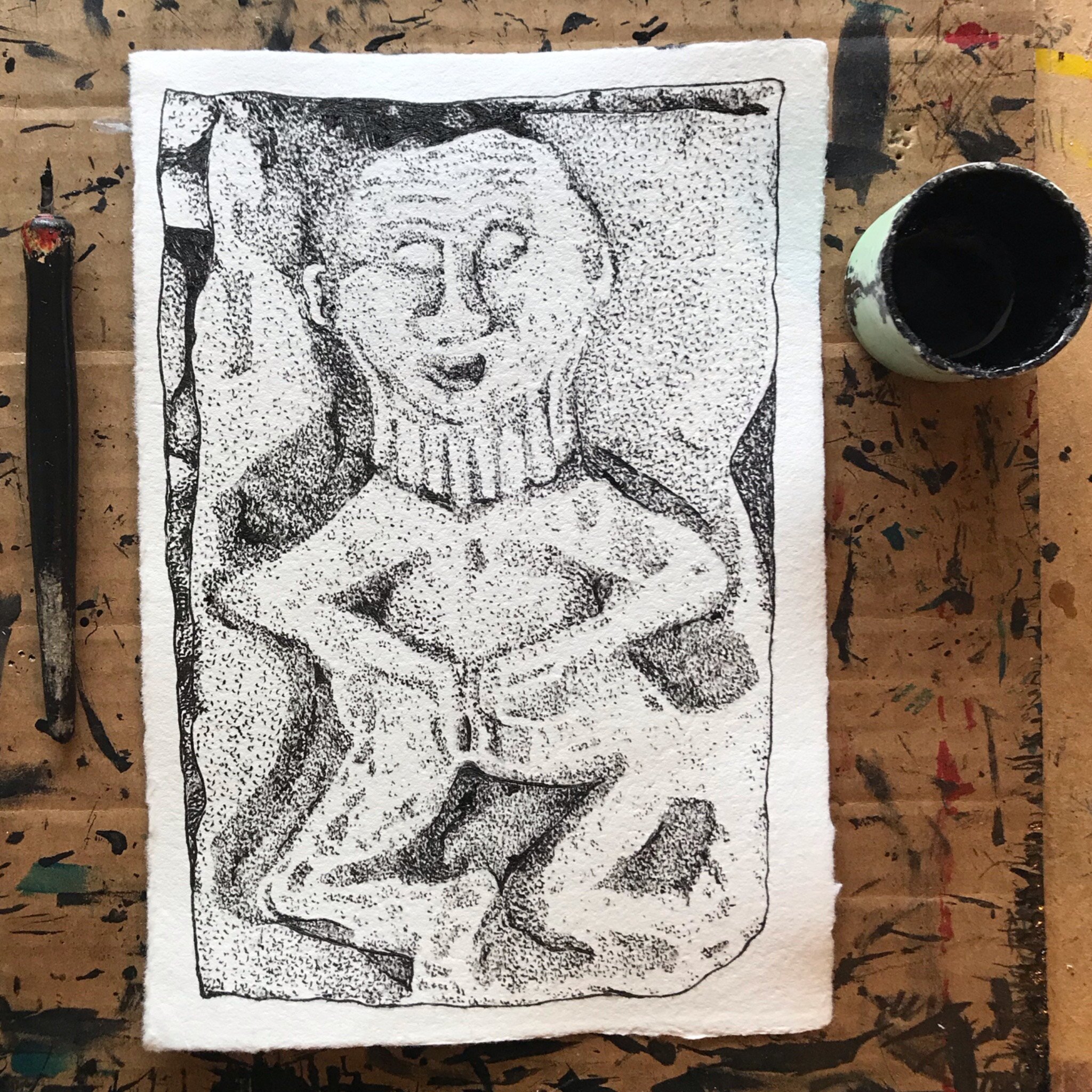
This carving is located above the doorway of Ballnainch Castle. Local tradition says that it was carved by a disgruntled stone mason and represents the cook of the castle.
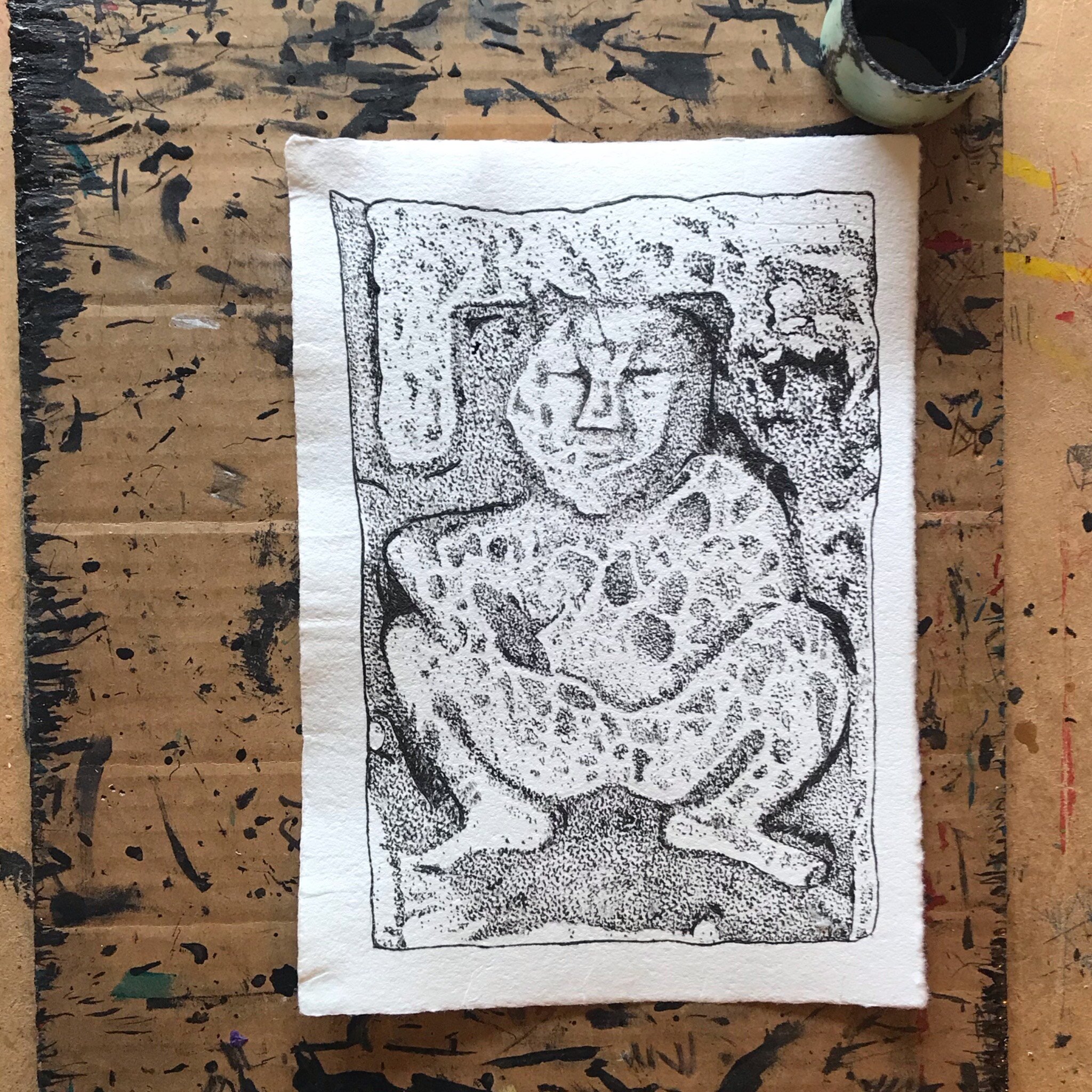
This carving is located on the Rock of Cashel. The carving is set sideways on the corner of the building.
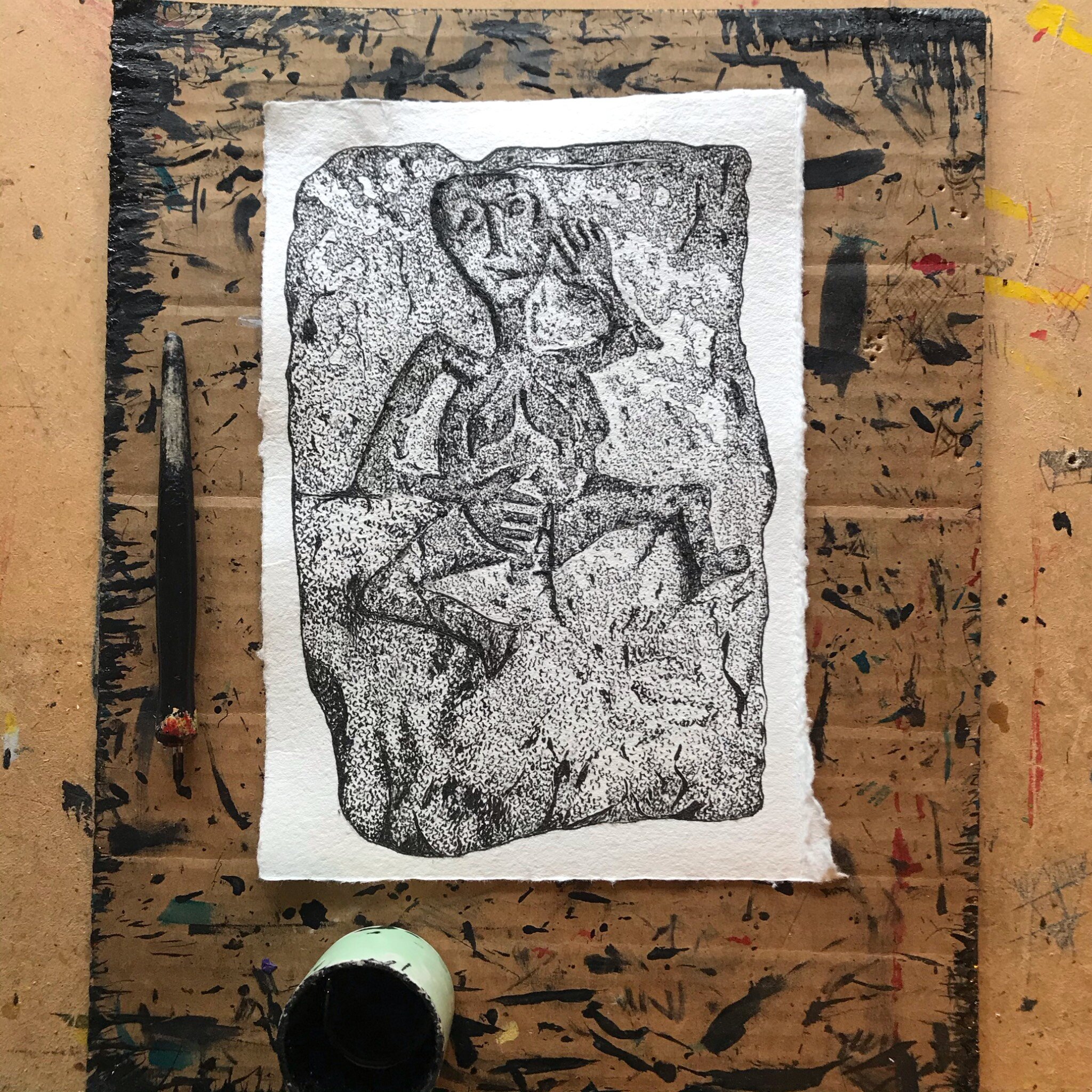
Kiltinane (Church) one of two carvings in the townland of Kiltinane. This is probably the most famous Irish Sheela-na-Gig. Stolen in 1991 it has never been recovered.
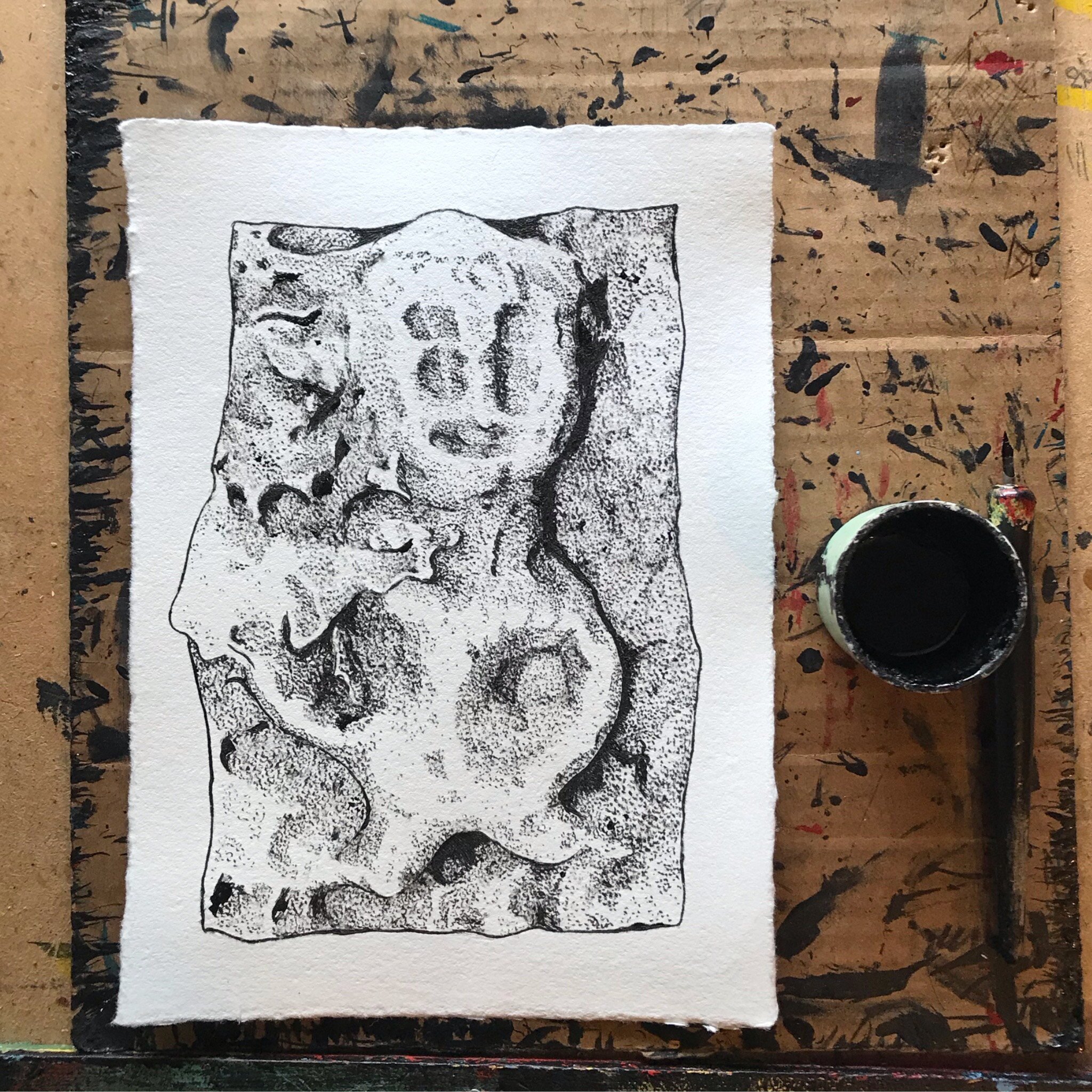
One of two carvings located at Shanrahan Church in S. Tipperary. This carving is located on the tower of the medieval church and can be easily seen about halfway up the tower
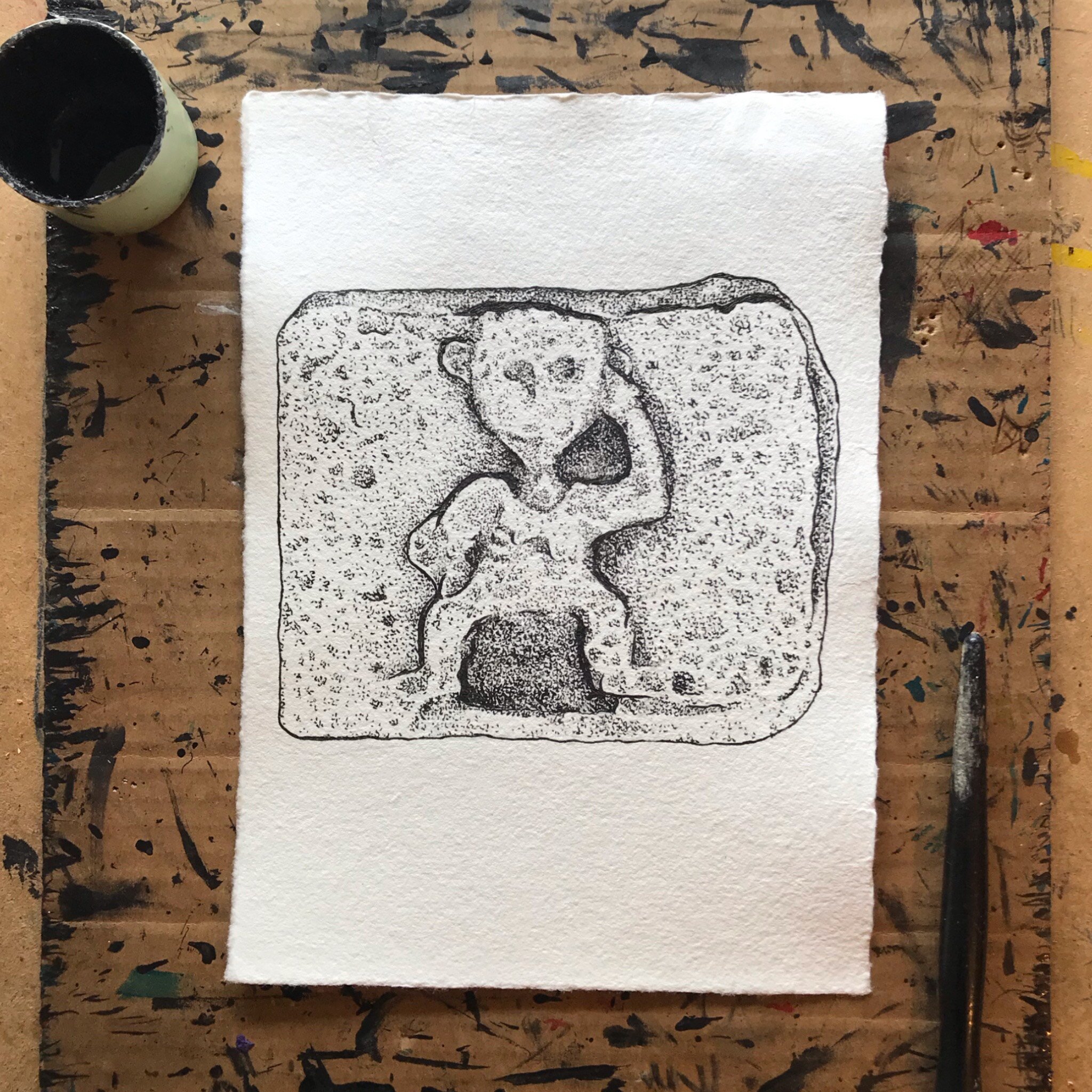
this carving is set into the south east wall of Ballynaclogh. A medieval church set within a graveyard. The carving stands out from the largely plain building.
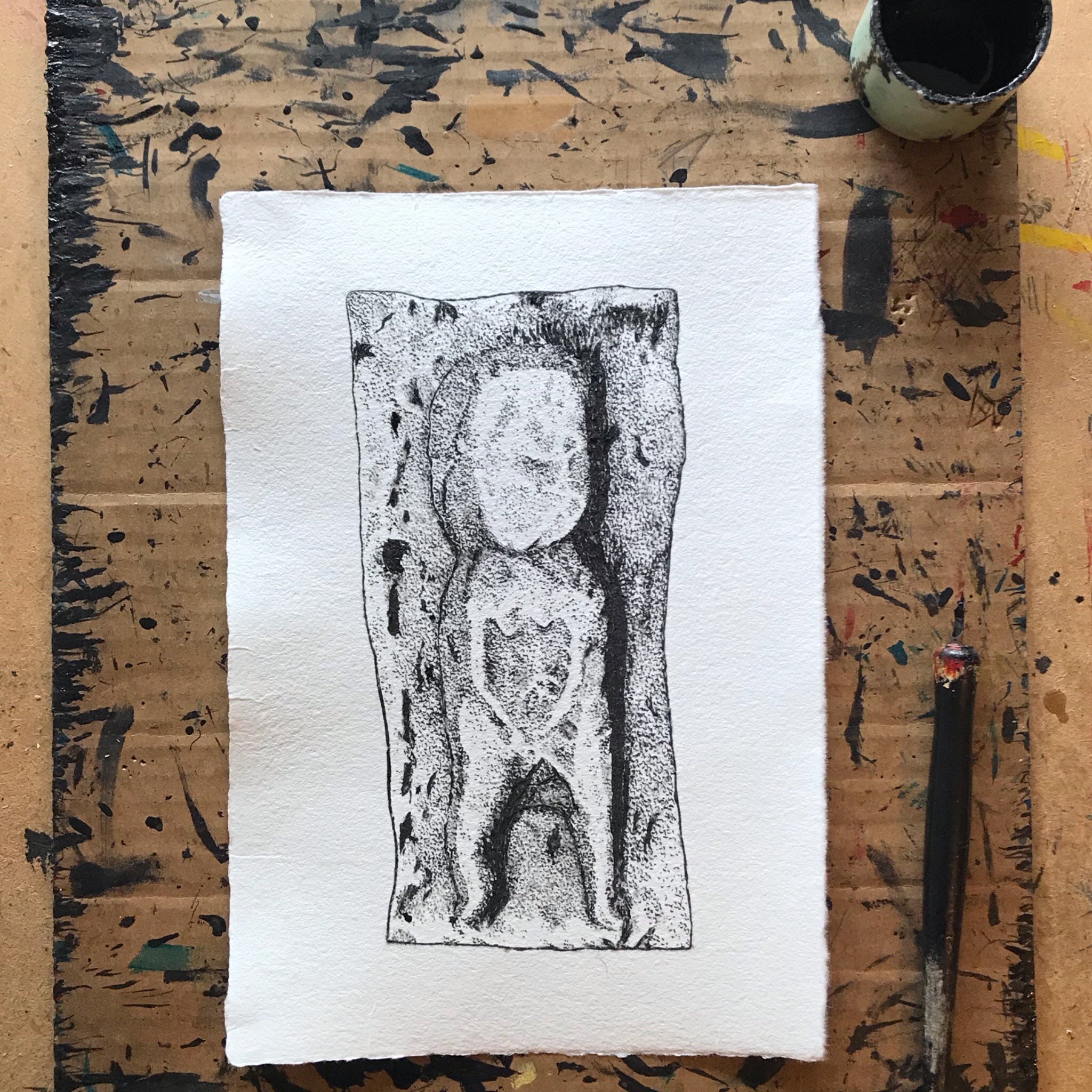
This carving is very difficult to spot. Located at the top of Redwood castle, it was most likely reset into this position during restoration.
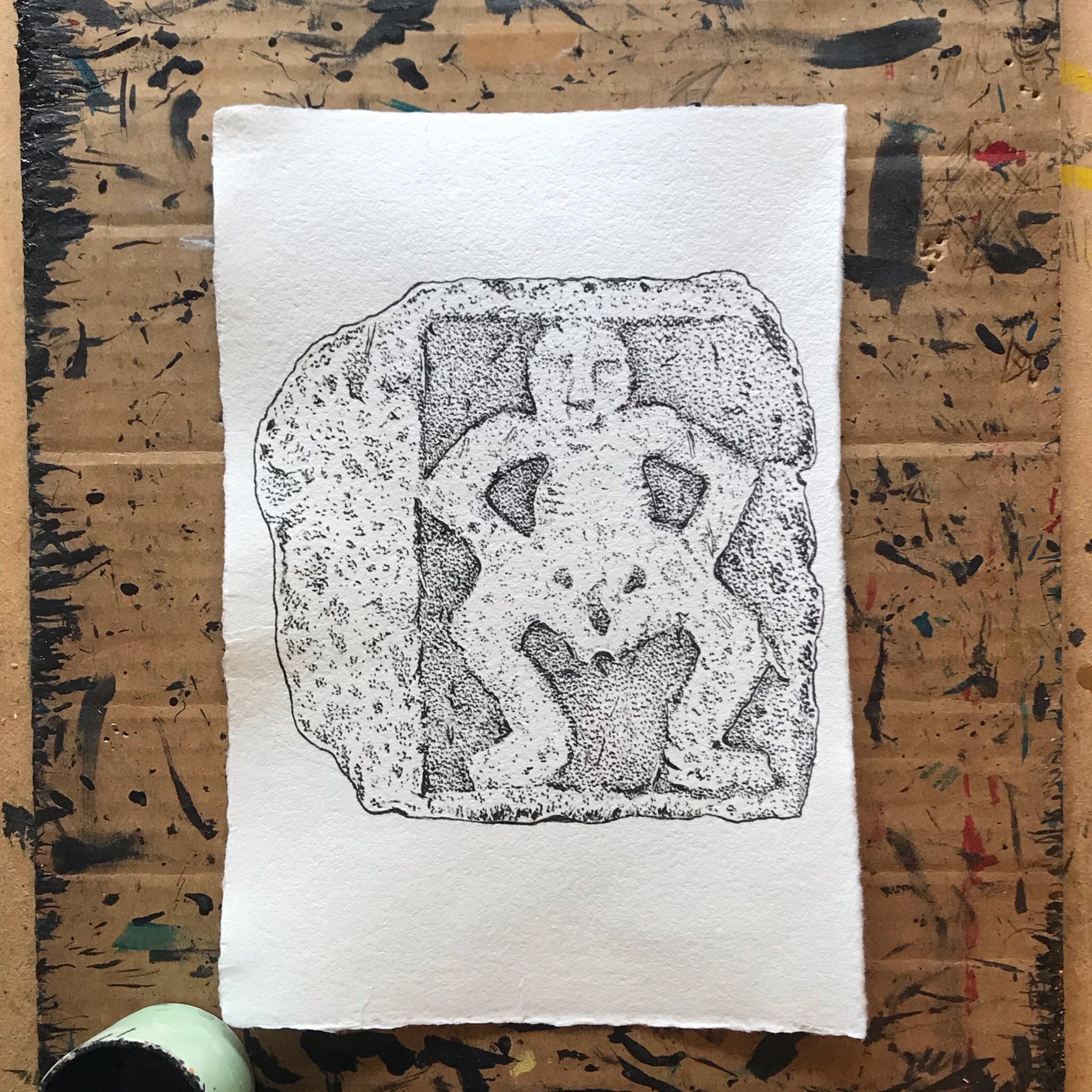
This carving, known locally as ‘The Dancer’ is located on the side of Ballyfinboy tower house in N. Tipperary.
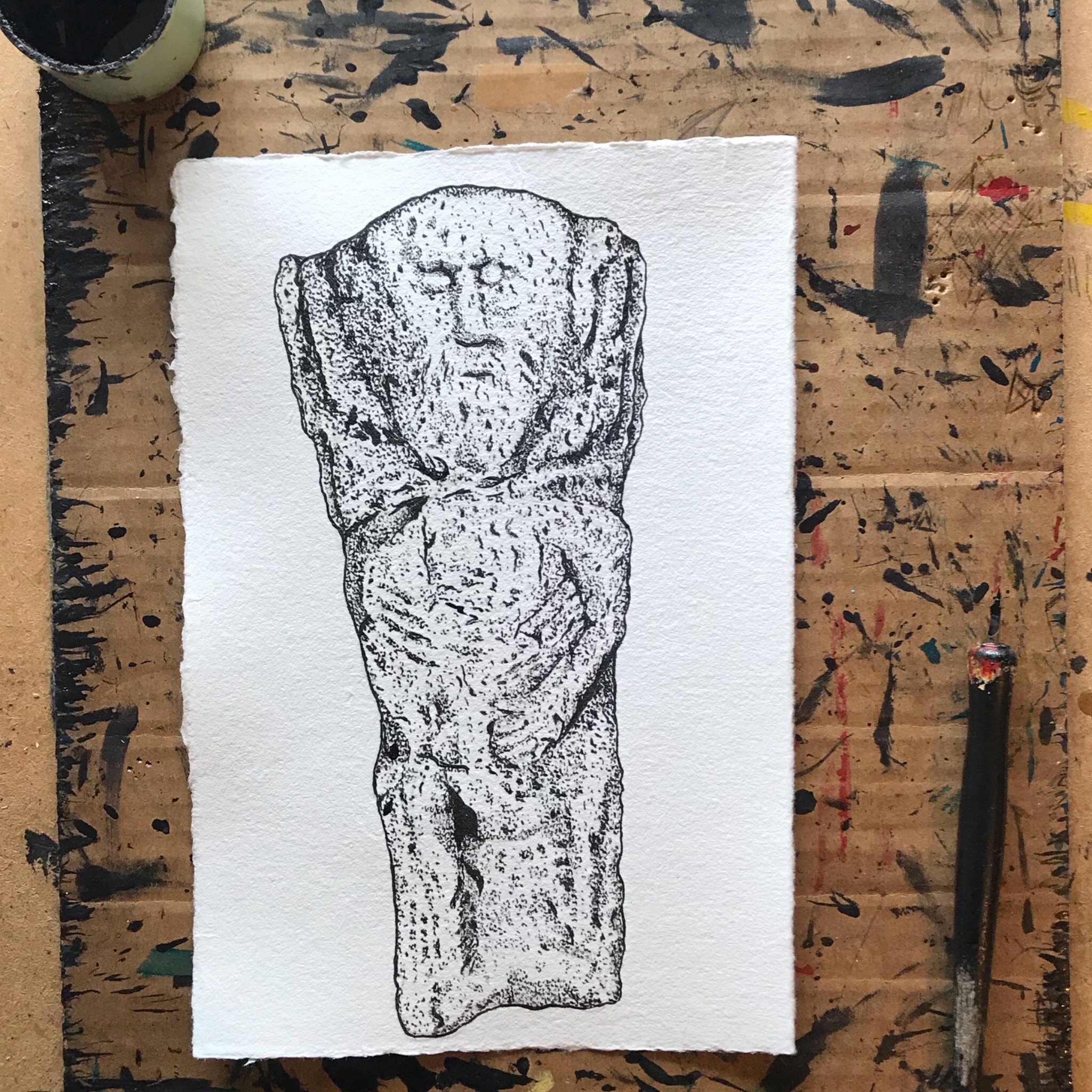
This is one of two carving from Fethard. The carving is located within the grounds of the Abbey in Fethard and is likely to have come from the ruins of the medieval building.
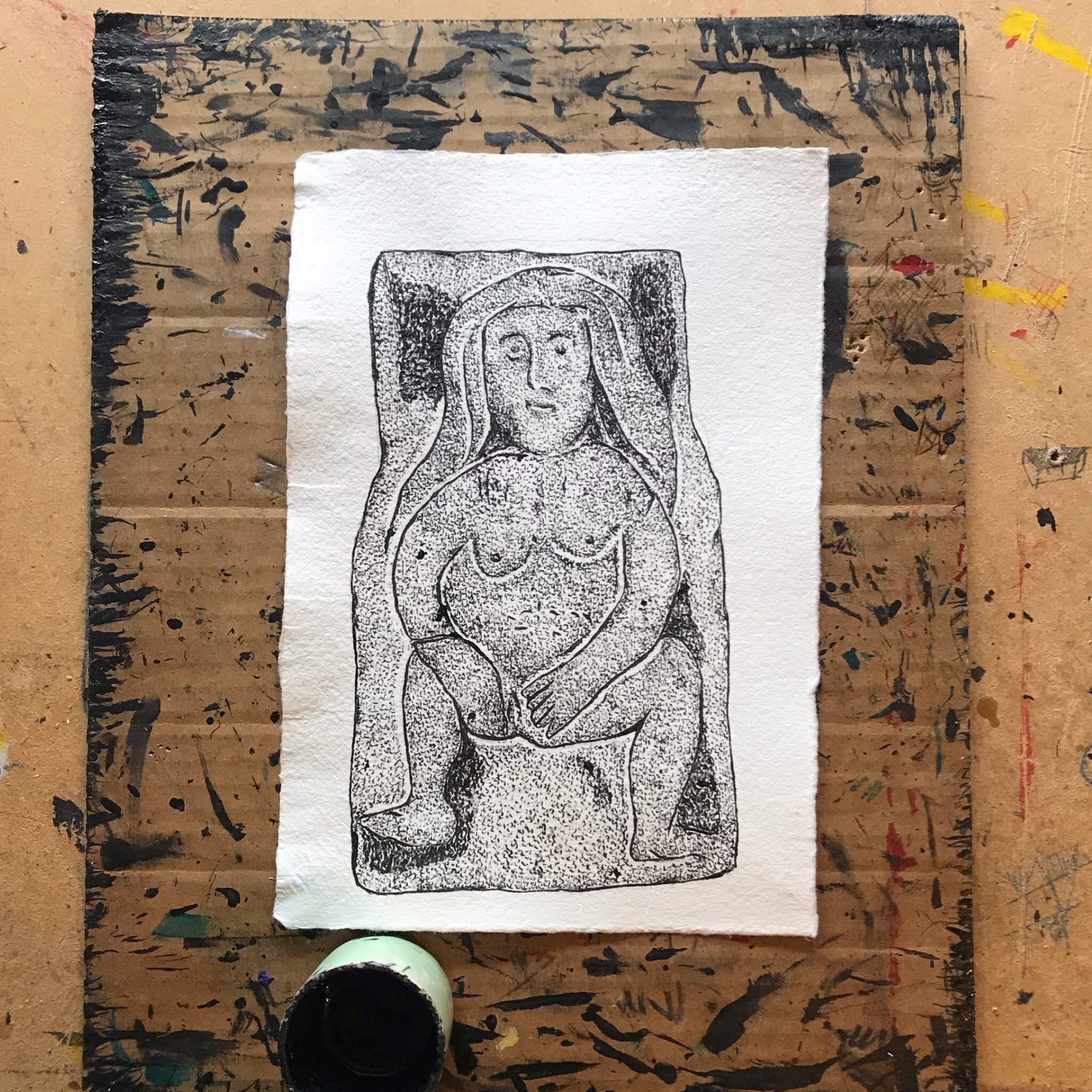
This carving was recorded at Moycarky Castle in the 1840’s by George Du Noyer. The carving was locally known as Cathleen Owen. This reproduction was copied from the work of William Frazer, who had copied Du Noyers original.
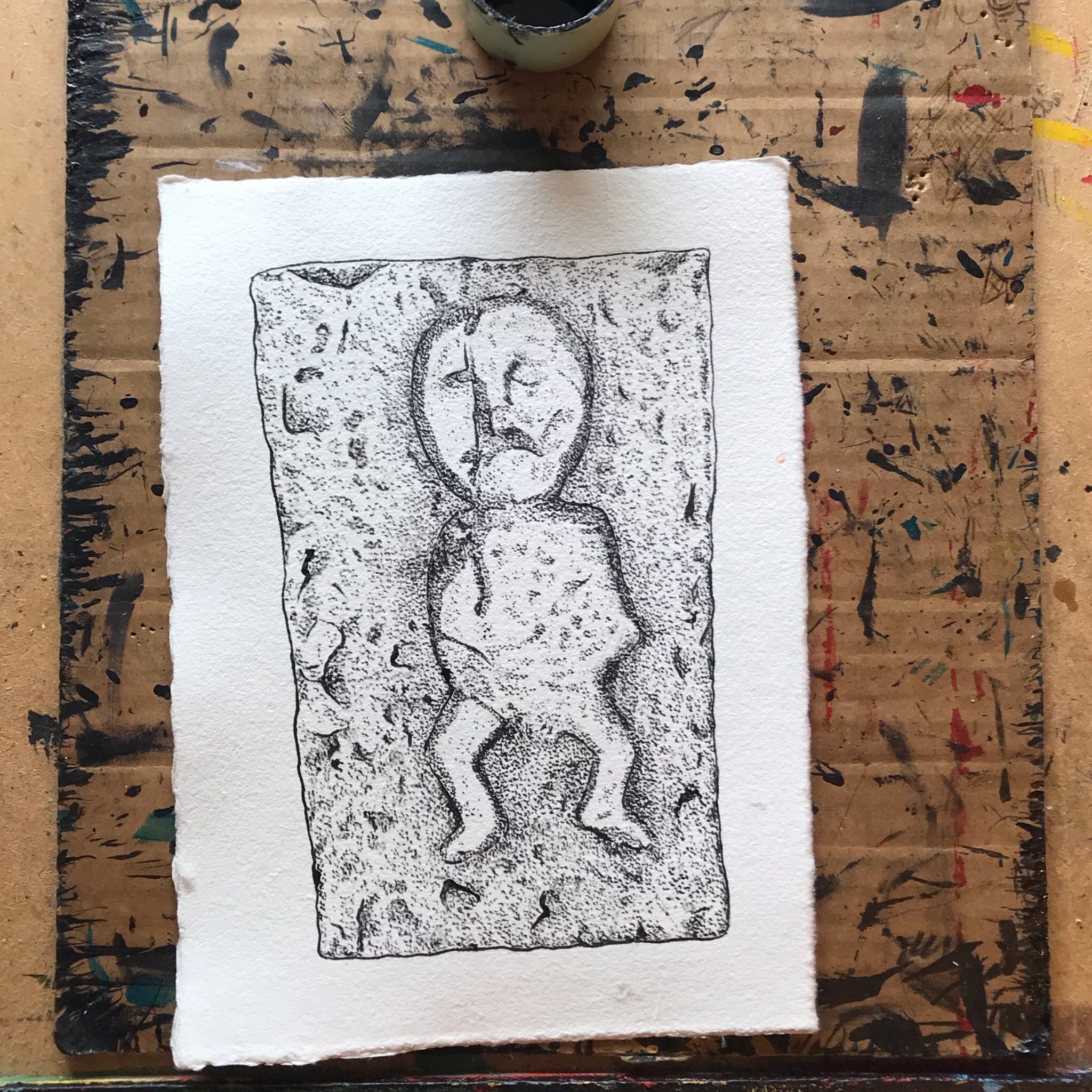
This carving is located on the gable end of a coach house associated with Kilshane House, an elegant regency house built in 1822 and now used as an exclusive wedding venue. The carving likely came from a nearby castle. Fragments of a marriage stone were also found in the building material.
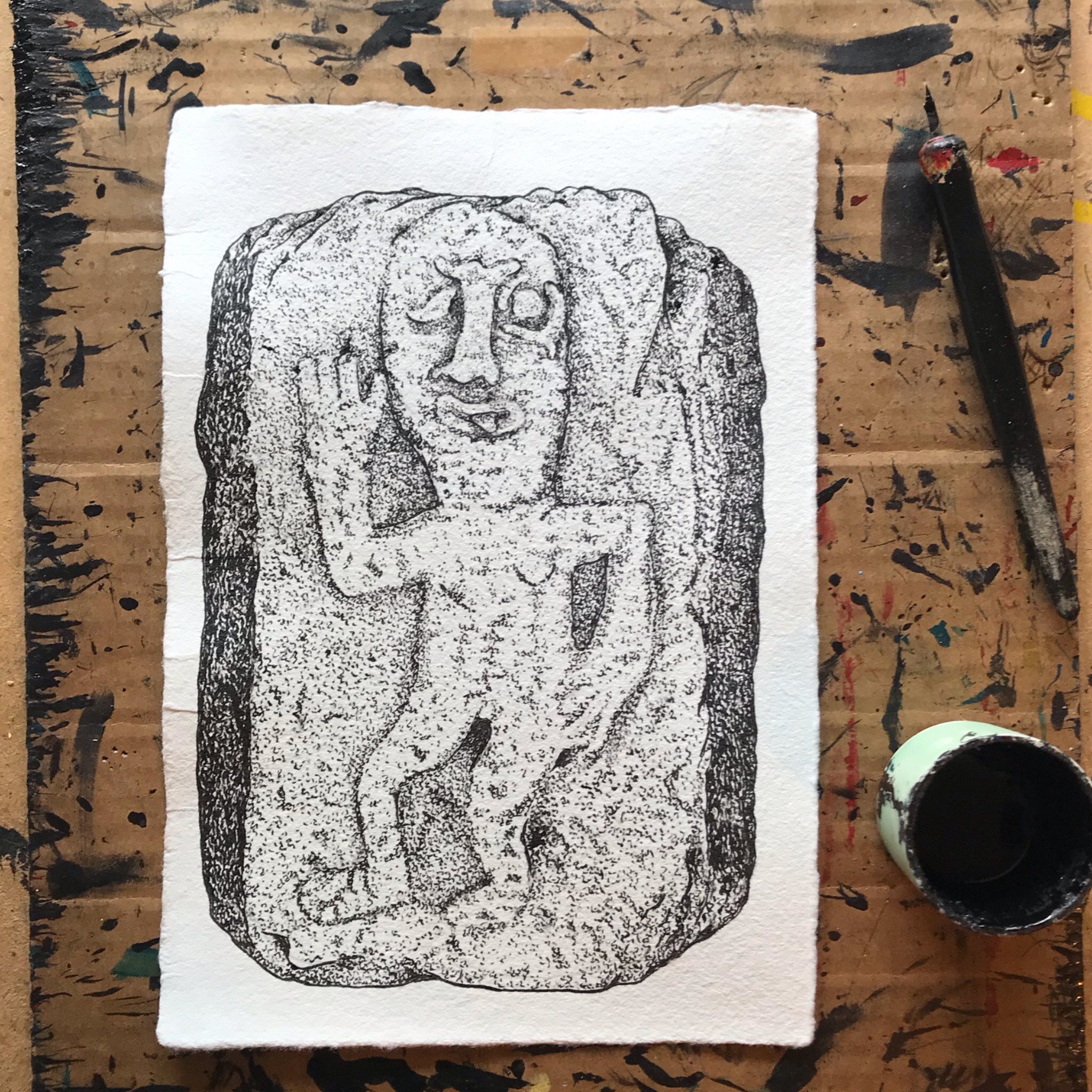
This carving is reported to have come from Burgesbeg Church, Co. Tipperary. One of two carvings said to have come from this site, the carving is in state care in Co. Offlay. It is unusual in style, carved on an octagonal stone, it likely came from a door or window.
